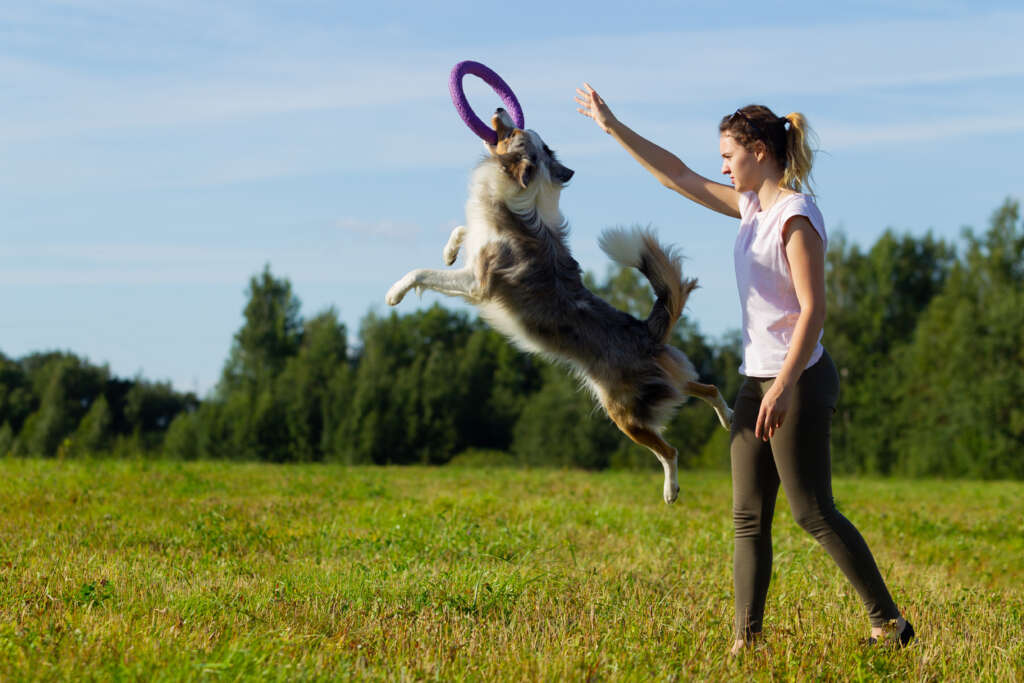Share This Article
Maintaining your dog’s fitness is crucial for their overall health and happiness. With pet obesity on the rise, understanding how to keep your furry friend in shape has never been more important. Let’s explore practical and effective ways to maintain your dog’s fitness while making it fun for both of you.
Understanding Your Dog’s Fitness Needs
Every dog is unique, and their fitness requirements depend on several factors:
- Age and current health status
- Breed and size
- The energy level and natural tendencies
- Any existing medical conditions
The Importance of Regular Exercise
Just like humans, dogs need regular physical activity to maintain:
- Healthy weight management
- Strong muscles and joints
- Good cardiovascular health
- Mental stimulation and happiness
- Proper digestion and metabolism

Creating a Balanced Fitness Plan
Daily Exercise Requirements
Different dogs need different amounts of exercise:
- Puppies: Short, frequent play sessions
- Adult dogs: 30-60 minutes of activity daily
- Senior dogs: Gentle, regular movement
- Working breeds: Up to 2 hours of exercise daily
Types of Exercise
Cardiovascular Activities
- Walking and jogging
- Swimming
- Playing fetch
- Agility training
- Hiking on dog-friendly trails
Strength and Flexibility
- Tug-of-war with appropriate toys
- Stair climbing (when age-appropriate)
- Balance exercises
- Gentle stretching during play
Nutrition and Fitness
Fueling Exercise
Proper nutrition is crucial for maintaining fitness:
- Feed high-quality, age-appropriate food
- Adjust portions based on activity level
- Ensure fresh water is always available
- Time meals around exercise sessions
Healthy Treats
Choose treats that support fitness goals:
- Low-calorie options for training
- Natural treats like carrots or apple slices
- Protein-rich rewards for active dogs
- Avoid human food and excessive treating
Monitoring Progress
Signs of Good Fitness
Watch for these positive indicators:
- Maintains healthy weight
- Recovers quickly from exercise
- Shows enthusiasm for activity
- Has good muscle tone
- Demonstrates regular energy levels
Warning Signs to Watch
Be alert for:
- Excessive panting
- Reluctance to exercise
- Joint stiffness
- Unusual fatigue
- Weight gain
Special Considerations
Weather and Safety
- Exercise during appropriate temperatures
- Use protective gear when needed
- Adjust routines seasonally
- Check paw pads regularly
- Stay hydrated during activities
Age and Health Issues
- Consult your vet before starting new routines
- Modify exercises for senior dogs
- Account for any health conditions
- Progress gradually with puppies
- Monitor recovery time
Remember, a fit dog is a happy dog. By maintaining a consistent exercise routine and proper nutrition, you’re helping your furry friend live their best, healthiest life.

